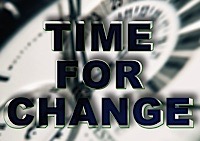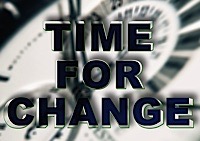
In the comedy western Blazing Saddles, one seminal moment has the sheriff point a gun to his own head, threatening to blow his own brains out if everyone doesn’t do as he says.
There have been echoes of this persuasive technique recently in the U.K., whose populace voted to exit the EU. A cabal of leaders fell on their own swords like dominoes in the days after the referendum, the biggest casualty being the Prime Minister, David Cameron. Was such a bloodbath necessary? I would argue that in critical times, the case for reflective rather than reactive leadership, in society and organisations has never been stronger.




















